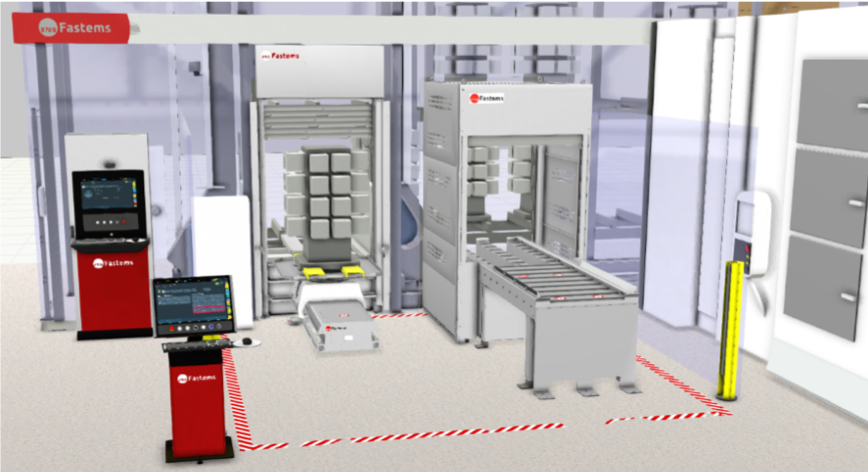Background
The education environment can be viewed from digital, virtual and real viewpoints of manufacturing entities, where the entities are autonomous and collaborative sub-systems of the whole. The real viewpoint embodies physical entities existing in a system e.g. manufacturing and material handling devices. The virtual viewpoint represent the physical entities as computer models, such as simulation models, animations, and visualizations. The digital viewpoint includes formally presented data and information of the real and physical entities. These viewpoints present the autonomy of the manufacturing entities while they are communicating with each other to enable collaborative activities. The formally presented information and knowledge is the explicit part while the know-how and experience of humans present the tacit part of the information and knowledge. The decision making in this kind of system is made by humans or humans have created the automated decision-making processes.
Goal
The goal of the VirtualFMS is to make the engineering education interesting and efficient. The efficiency in learning can be improved by utilizing a mixed reality environments.
The education environment is an example of a typical FMS existing in several Finnish companies. The actual setups in companies varies in terms of needed resources, but the principles of the environments are similar. The environment has been scaled larger compared to actual physical environment to allow the introduction of a more complex manufacturing system and how the management software has been implemented to control the environment.
System Modules

Figure presents the main hardware components of the education environment.
- The Touch OP is the user interface from which the operator uses the MMS and interacts with the system. The operator can use it to manually order pallets to the station or to confirm the completed tasks before sending the pallet back out. The Touch OP also provides the operator with information regarding the status of the system and its orders. A Touch OP typically controls both a Loading Station and a Material Station. Due to safety concerns, it cannot control a station that the operator cannot physically see.
- The Stacker Crane is a vital part of the system. It picks up pallets from the storage and transports them around the system. It is normally controlled by the MMS but it can also be driven manually if needed. A system can have multiple Stacker Cranes and the movement can be in 2D or 3D depending on the storage setup.
- Loading Stations are used to perform tasks on Machining Pallets. Such tasks are for example: installing fixtures, and adding materials to fixtures. The Stacker Crane brings the required pallets to the loading Station automatically so the operator does not have to worry about it. A typical system usually has around one to five Loading Stations.
- Material Stations are similar to Loading Stations except, instead of Machining Pallets, they handle Material Pallets. The required pallets are automatically brought to the Material Station when needed. This is being controlled by the MMS. Usually there is a Material Station for every one or two Loading Stations in the system.
- The Machining Centers are used to transform raw materials into parts. They often feature pallet changers and tool revolvers to ease automatic production. They communicate with the MMS to provide information about the NC-programs and tool statuses. The Machining Centers can be run completely autonomously without any operator input. The Washing Machine cleans and deburrs ready or work-in-progress parts. The machine uses high-pressure water to perform its tasks. Since not every part needs these tasks there are usually only a few Washing Machines compared to the Machining Centers in the system. The Washing Machine can also be operated completely autonomously without the need for operator input.
- Material Pallets are used to store raw materials in the system. The material is loaded onto the pallet and then the pallet is transported to the storage. When the MMS predicts the material is needed it creates a task for the Stacker Crane to bring the required material to the required Material Station. Then the operator can load the material onto a Machining Pallet.
- Machining Pallets are used to transport and store raw materials that need to be machined, parts that are work-in-progress and parts that are ready. The pallet has fixtures that are installed by the operator at the Loading Station. These fixtures are used to clamp raw materials onto the pallet, which enables the materials to be machined. The Stacker Crane transports these pallets depending on the tasks the MMS gives it.

